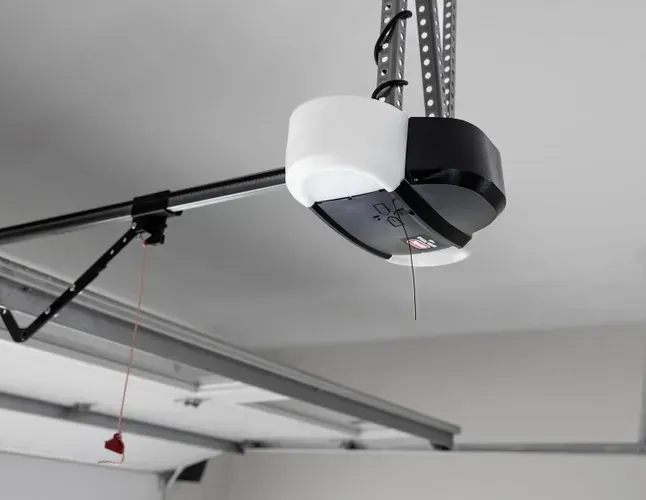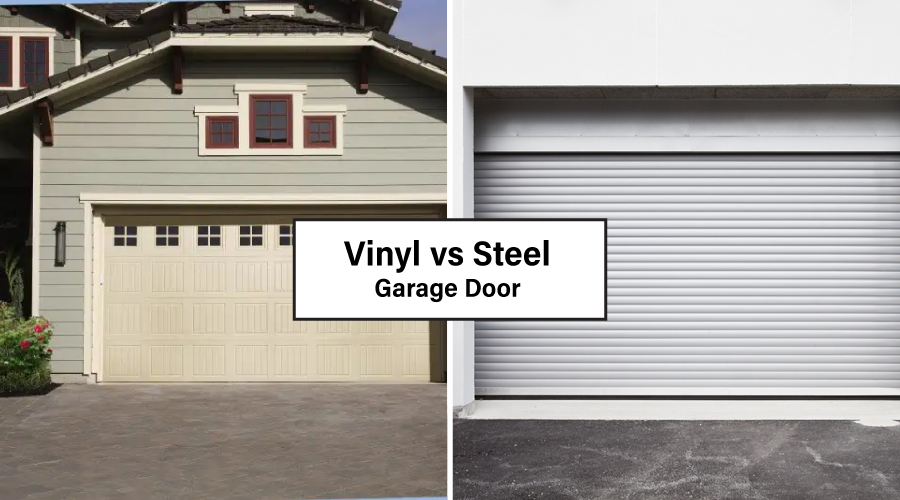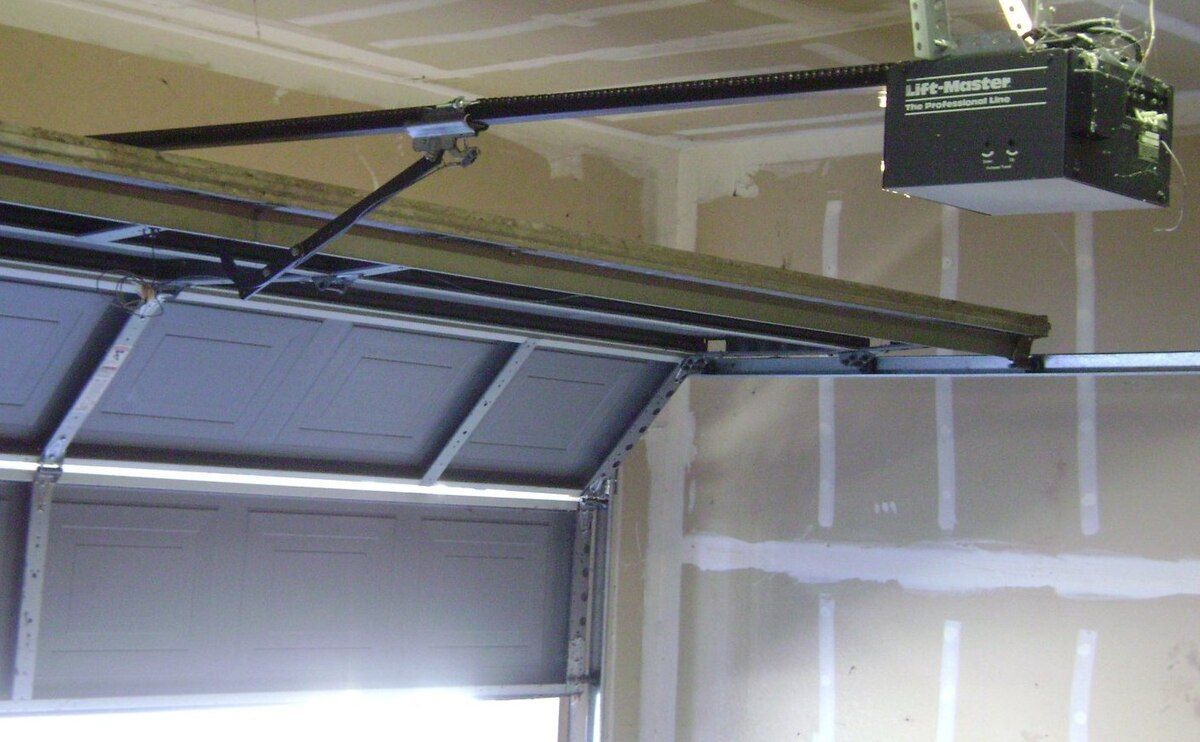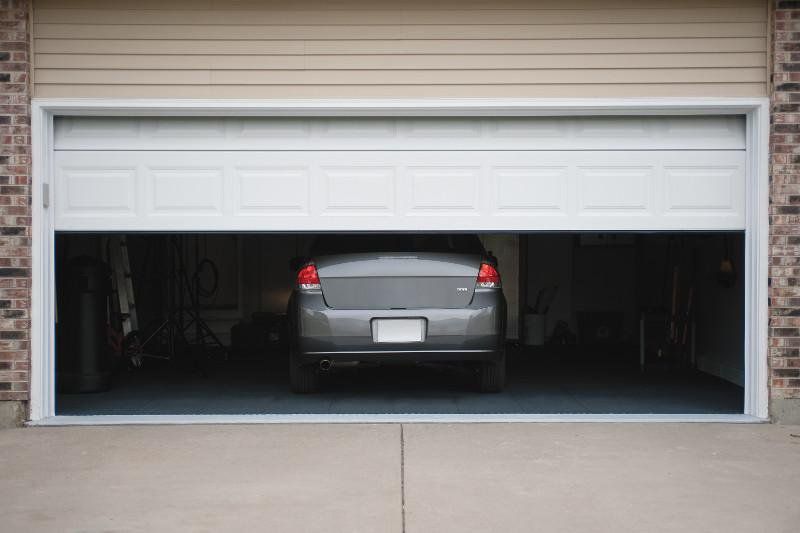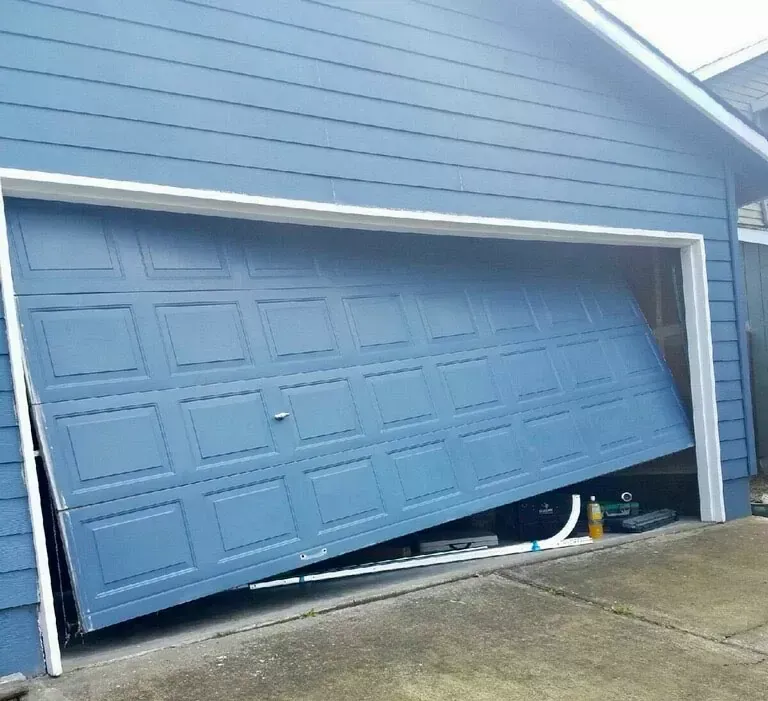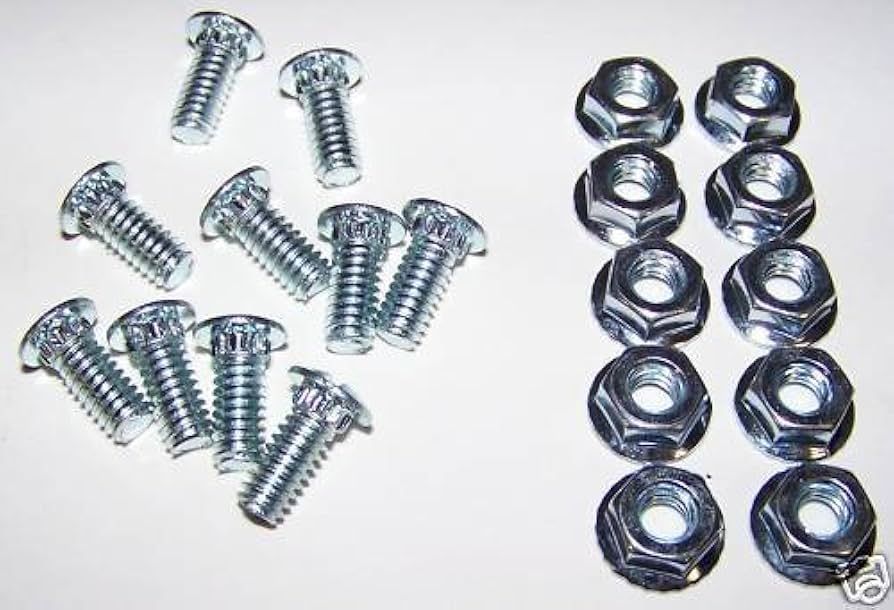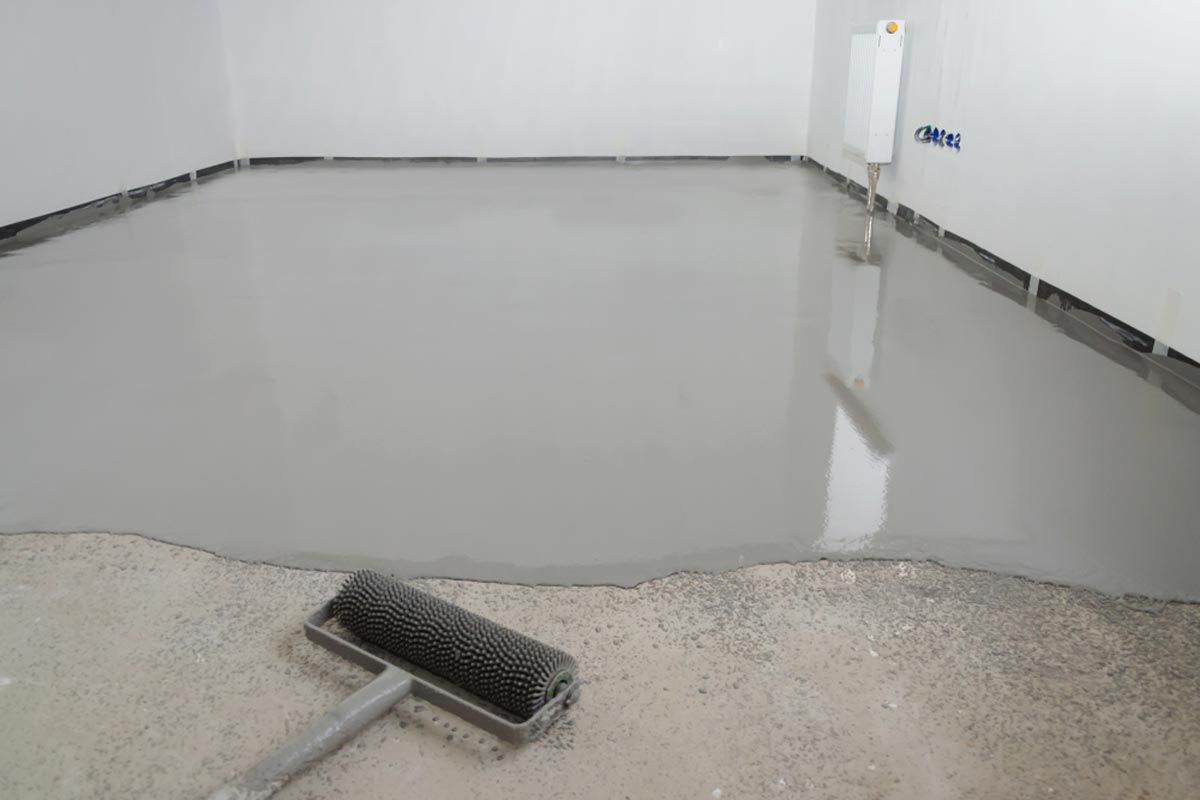Top 7 Signs Your Garage Door Tracks Are Bent or Misaligned
Top 7 Signs Your Garage Door Tracks Are Bent or Misaligned
TLDR;
If your garage door is making strange noises, looks crooked when closed, or refuses to open or shut fully, the tracks may be bent or misaligned. These issues often result in poor performance, uneven movement, and increased strain on your opener. Addressing them early can prevent serious damage and costly repairs.
Why Misaligned Garage Door Tracks Are a Big Deal
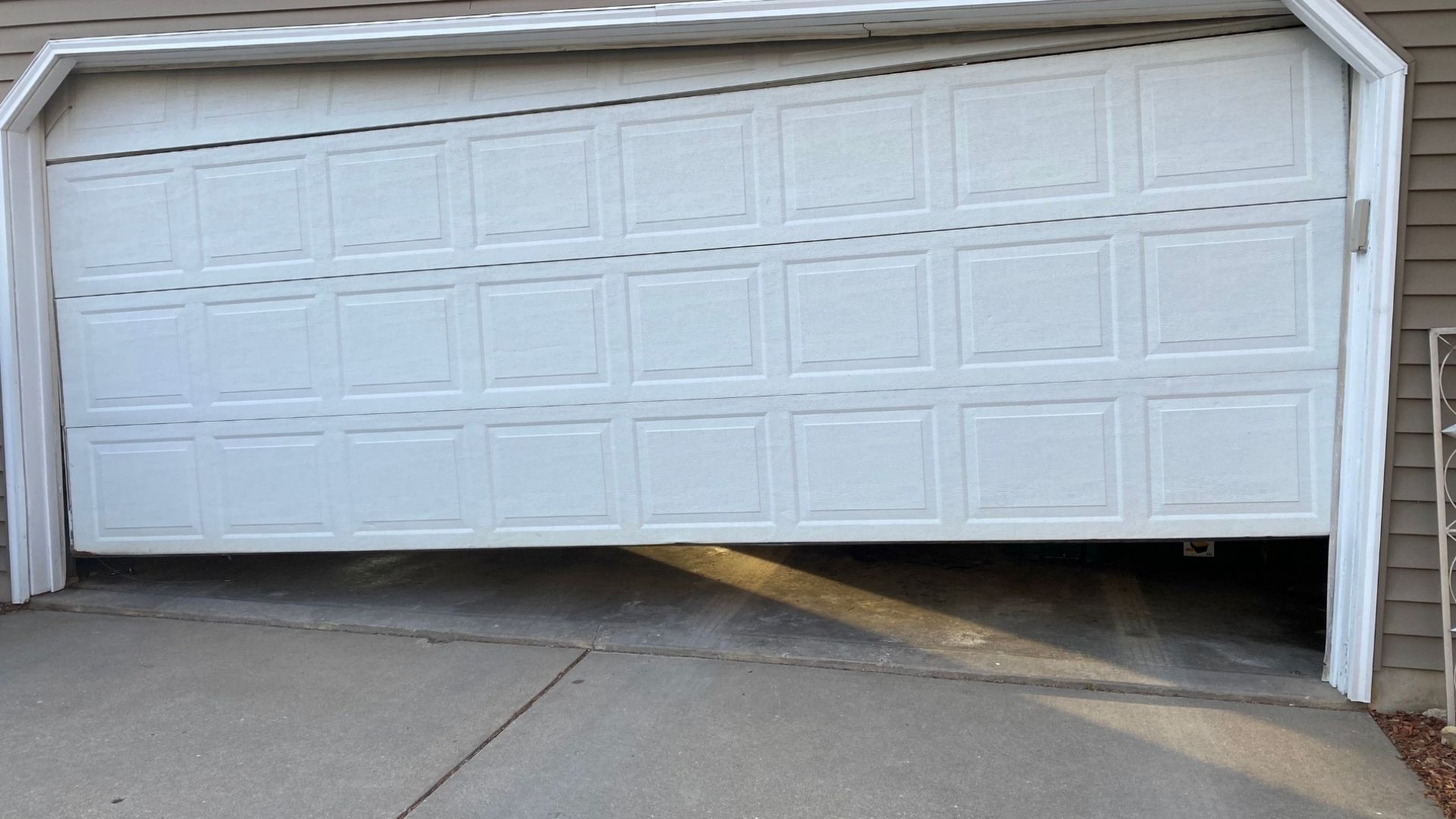
Bent or misaligned tracks can turn a simple garage door operation into a noisy, jerky, and potentially dangerous event. For homeowners in Colorado, these issues are more common than you might think—thanks to harsh freeze-thaw cycles, heavy snowfall, or even a slight bump from your RV or SUV.
At
Smart Garage Door, we’ve seen how something as minor as a loosened bracket can escalate into a full track failure if ignored. Understanding the warning signs early can save you from major repairs, or worse, a door collapse.
What Are Garage Door Tracks and Why They Matter

Garage door tracks are the metal channels that guide the rollers up and down, keeping the door aligned and balanced. There are three main types:
- Vertical tracks – mounted on either side of the door opening
- Horizontal tracks – run parallel to the ceiling
- Low-headroom tracks – modified tracks for garages with limited ceiling space
Each relies on rollers, brackets, and alignment precision to ensure smooth movement. When tracks warp or shift, the entire system is thrown off balance.
Top 7 Signs Your Garage Door Tracks Are Bent or Misaligned
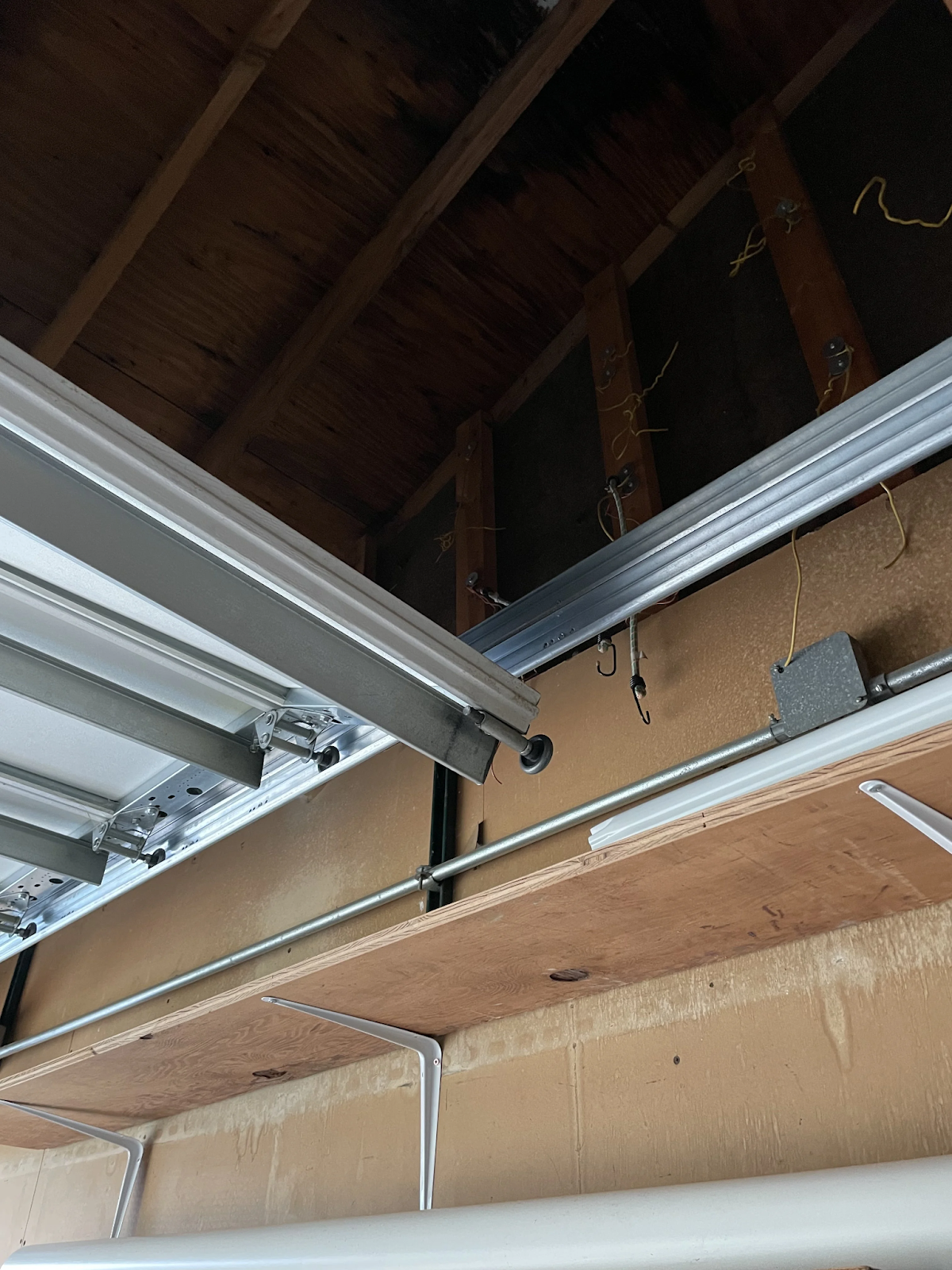
Let’s break down the red flags you should never ignore:
1. Crooked or Slanted Door When Closed
- Check for uneven gaps between the bottom of the door and the ground
- Look for daylight peeking through one side
- A crooked door often means one track has shifted inward or outward
Colorado Tip: In homes with settling foundations or shifting soil, track misalignment can occur gradually.
2. Grinding or Scraping Noises During Operation
- Loud metal-on-metal sounds signal your rollers are rubbing improperly
- This could be due to a warped track or an obstruction caused by snow, dust, or debris
- Seasonal Colorado grime can build up inside the tracks, increasing friction
Use a flashlight to inspect the track walls for rub marks or metal shavings.
3. The Door Gets Stuck or Binds Mid-Operation
- A properly aligned door should glide smoothly
- If it hesitates, stops, or jerks, your tracks may be warped
- Binding points usually occur where the track is bent inward
Common with older homes or after an impact event like hitting the track with a shovel or vehicle.
4. Visible Bends, Dents, or Warping in the Track
- Stand to the side and inspect the full track length
- Look for subtle curves or dents that break the linear flow
- Bends can be caused by force (like an accidental bump) or years of tension
Use a long-level or straight edge tool to confirm if the track bows outward or inward.
5. Rollers Jumping Off the Track
- When rollers are not aligned with the track, they can derail
- Look for rollers that sit unevenly or lean outward
- Worn or bent roller stems often accompany misaligned tracks
Safety Note: Never try to force the roller back into a severely bent track—this can worsen the damage.
6. Uneven Gaps Around the Door Frame
- Check for light shining through the sides or top of the door
- Misalignment causes the door to tilt, creating visible space around the frame
- This leads to drafts, security risks, and water intrusion during snowmelt
Especially noticeable after Colorado's freeze-thaw cycles which cause expansion and contraction of structural elements.
7. The Door Won’t Fully Open or Close
- When alignment is off, the opener struggles to complete the cycle
- You may hear the motor strain or reverse unexpectedly
- Sensor interference from a misaligned track is also possible
- Check if the opener lights flash during the stop—this is often a sign of detected resistance.
If your door exhibits any of these symptoms, it’s time to look closer at the
uneven garage door causes that might be hiding in plain sight.
Common Causes of Misaligned or Bent Tracks
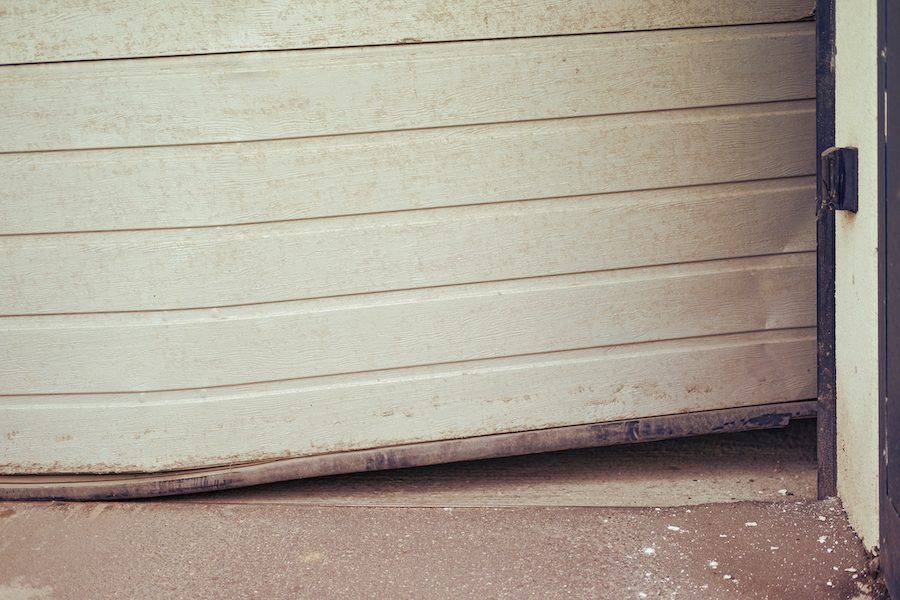
Understanding why tracks get bent helps you prevent future issues:
- Vehicle impact: Bumping into tracks with car doors, bikes, or tools
- Improper installation: Loose mounting brackets or incorrect leveling
- Natural wear and tear: Rust, metal fatigue, or bracket loosening over time
- Foundation settling: Especially common in Colorado’s variable soil
- Harsh weather: Snow buildup, hail strikes, or extreme cold expanding joints
- Broken springs or cables: These create uneven tension that can force track misalignment
Colorado-Specific Considerations
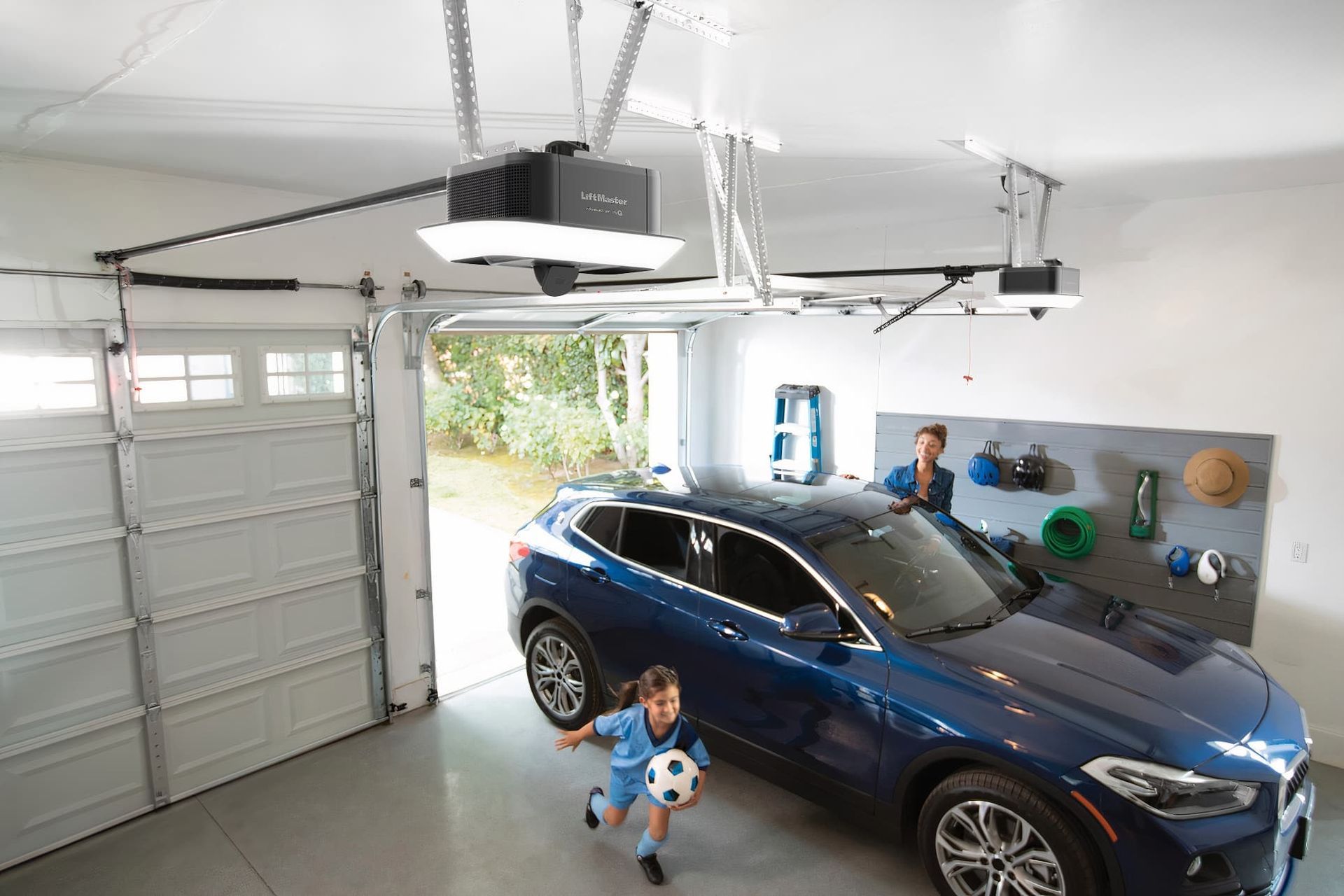
In Colorado, your garage door tracks are exposed to several unique stressors:
- Soil Movement: As foundation shifts, especially in hilly or mountainous areas, track alignment may be gradually affected
- Seasonal Freezing: Tracks expand and contract, leading to loosening or subtle warping
- Road Salt & Dust: Build-up inside the track rails from winter treatments can corrode or obstruct track movement
DIY Inspection Tips and Tools
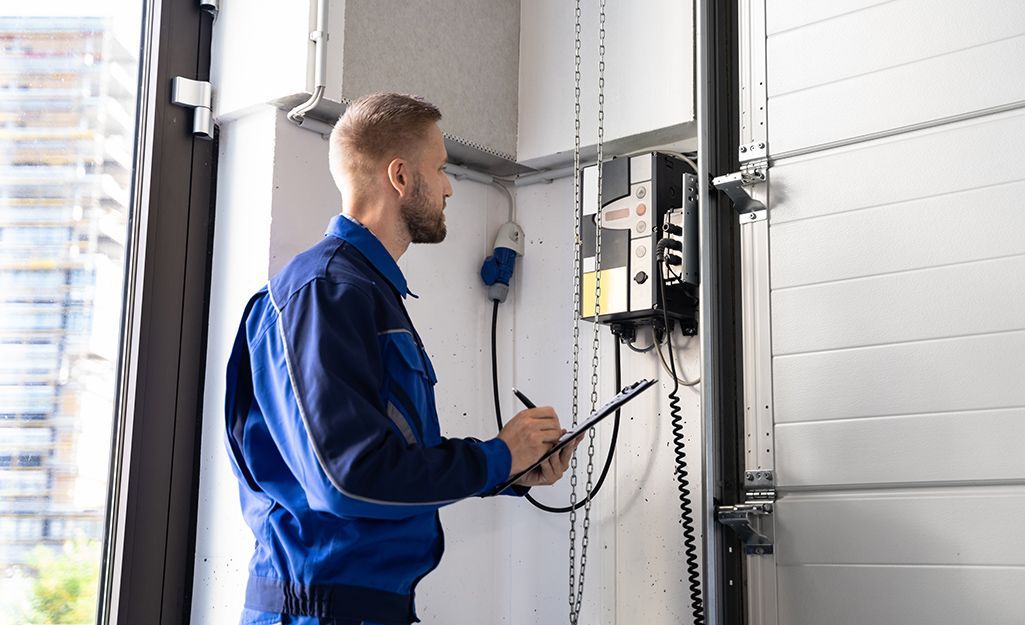
While serious repairs should be left to professionals, here’s how to inspect your tracks:
Tools You'll Need:
- Level (2ft or longer)
- Pliers
- Rubber mallet
- Torque wrench
- Garage door lubricant
Inspection Steps:
- Disconnect the opener (use manual release cord)
- Slowly lift the door and observe for sticking or misalignment
- Check for visible gaps between rollers and tracks
- Use pliers to gently adjust any slightly bent track edges
- Tap minor dents outward with a rubber mallet
- Tighten any loose brackets or fasteners
- Apply lubricant to rollers and track edges
- Reconnect opener and run a test cycle
If any binding, grinding, or derailing persists—stop and call
Smart Garage Door immediately.
When to Call the Pros

DIY can only go so far. Here’s when you need expert help:
- The track has large dents or twists
- Rollers are popping off repeatedly
- Door is completely jammed
- Opener is under visible strain
- Torsion springs are involved (serious injury risk)
Cost Ranges in Colorado:
- Basic realignment: $125–$250
- Full track replacement: $250–$600+
- Emergency repairs: Varies depending on time/day
At
Smart Garage Door, we offer same-day service across Colorado and specialize in track and spring realignment.
Preventive Maintenance to Keep Tracks Aligned
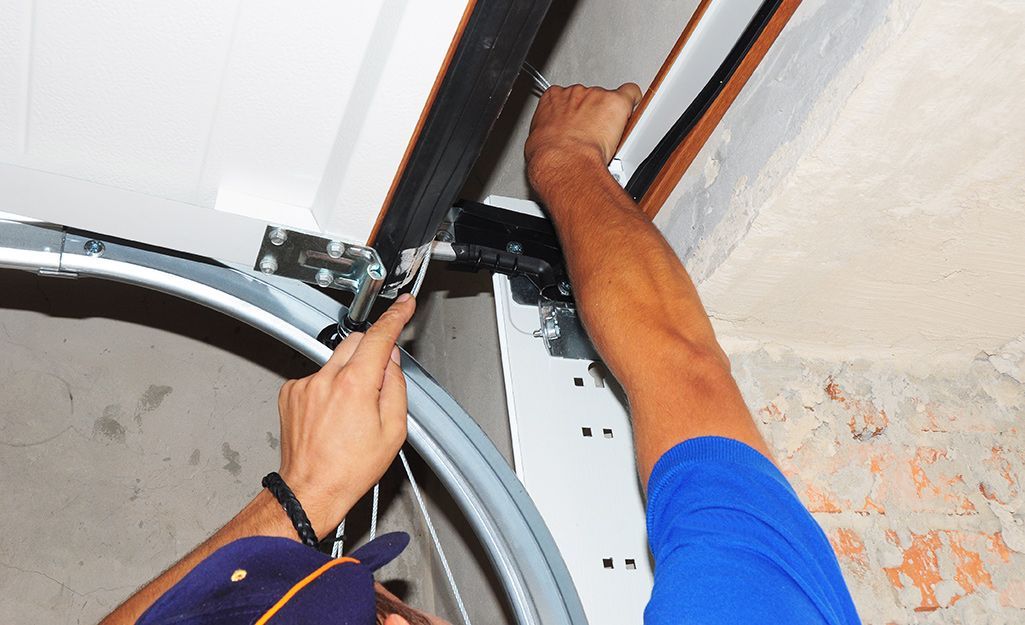
A little prevention goes a long way in protecting your door system.
Recommended Schedule:
- Quarterly visual checks – especially after snowstorms or heavy wind
- Seasonal lubrication – Spring and Fall are ideal
- Post-impact inspection – even minor bumps can cause misalignment
- Spring balance testing – too much tension strains the track
What to Look For During Maintenance:
- Loose or rusted brackets
- Roller wear
- Track grime build-up
- Misaligned sensors (can mimic track issues)


